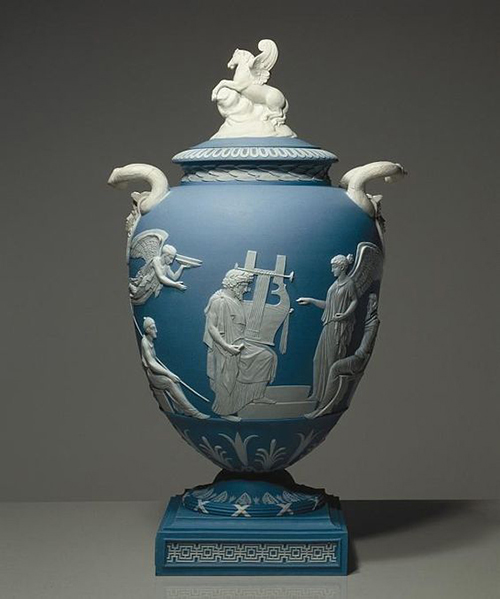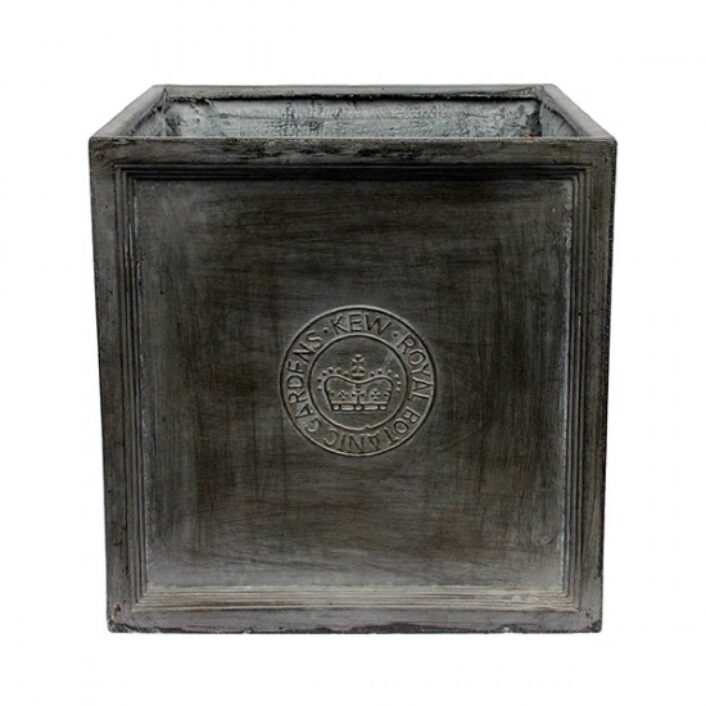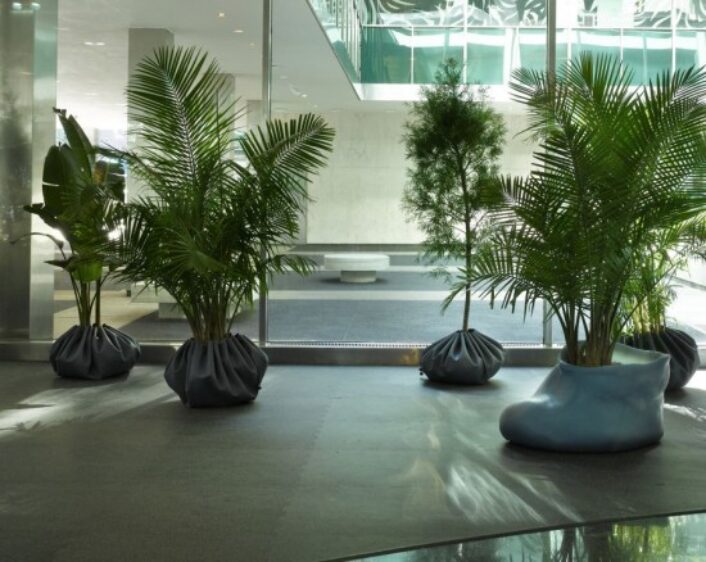Design
Updated Wedgwood pots make gardening all the more fun!
The Wedgwood story began in 1759, when Josiah Wedgwood, at the young age of twenty-nine, began his professional career as a potter in Burslem, Staffordshire, England. Even though centuries have passed, at Wedgwood things have remained constant. Wares are still designed in Staffordshire, England, and the company continues to blend traditional techniques with new methodologies.
Recently, we were thrilled to come across these new pots presented at the “Tabletop Show” at 41 Madison in Manhattan. Fortunately, they were styled in the most classic Wedgwood colors of black (also know as basalt) and white, and the blue and white jasper. These pots come in several sizes making them the perfect fit for the contemporary city herb Gardner and Chef.
The real history behind Wedgwood started when Josiah Wedgwood introduced a black stoneware body into production in 1768. By 1767, Wedgwood’s experiments were at an advanced stage and ready for production. Less than twelve months later, these amazing black basalt wares were on the market.
Logically, Wedgwood called them, ‘Black Basaltes’; we know them today as black basalt. Made from reddish-brown clay which was burned black in firing, this ceramic body was superior in its appearance to the local “Egyptian Black” ceramics produced in the area prior. Instantly, Wedgwood’s items became a hit!
Wedgwood’s black basalt body owed its rich color to the addition of manganese. Later on, black basaltwas used by Josiah in producing exquisite ornamental items such as vases, portrait medallions, plaques, library busts and candlesticks. Mainly inspired by antique originals, many of the vases in the collections had been amassed by such revered collectors as Sir William Hamilton.
Wedgwood greatly admired what are known as the “Etruscan” vase forms and emulated such wares in both shape and applied encaustic enamel decoration. These new forms of decoration- bronzing and encaustic copying the ancient Greek and Italian vases- needed a smooth surface. Black basalt was the ideal body for such a purpose; coincidently, both decorative methods were patented.
Wedgwood, with prescience, said of his newly developed body: “Black is Sterling and will last forever.” Note to self, ornamental pieces are still produced in this exquisite ceramic body today.
Named after the mineral jasper, “Jasperware” is white by nature but stained with metallic oxide colors. Its most common shade in commerce is pale blue, produced by using cobalt oxide.
The earliest jasper was stained throughout and was known as “solid”. By 1829, production in jasper had virtually ceased. In 1844, production resumed, slightly differently, producing items colored only on the surface and known as “dip.” Solid jasper was not manufactured again until 1860.

The Apotheosis of Homer vase, circa 1790. Image courtesy of Wedgwood Museum.
In May of 1978, Josiah Wedgwood produced what he considered his most important jasper vase to date which was often called as the “Pegasus Vase”. Wedgwood was quoted as saying, “…it is the finest and most perfect I have ever made.”
Various examples of this iconic vase exist in a number of collections. The one on display at The Wedgwood Museum is made of white jasper, with a perfect mid-blue dip, and white bas-relief figures. During the 19th century, examples of the vase also appeared in black basalt. Following, smaller-sized versions of the Pegasus Vase were issued by Wedgwood in jasper (of varying colors, usually with white bas reliefs). More recently, these vases have been featured in black with the raised bas-relief ornamentation enhanced by the addition of intricate gilding.
We are delighted that Wedgwood has reinvented their classic design and are eager to add these to our collection!


